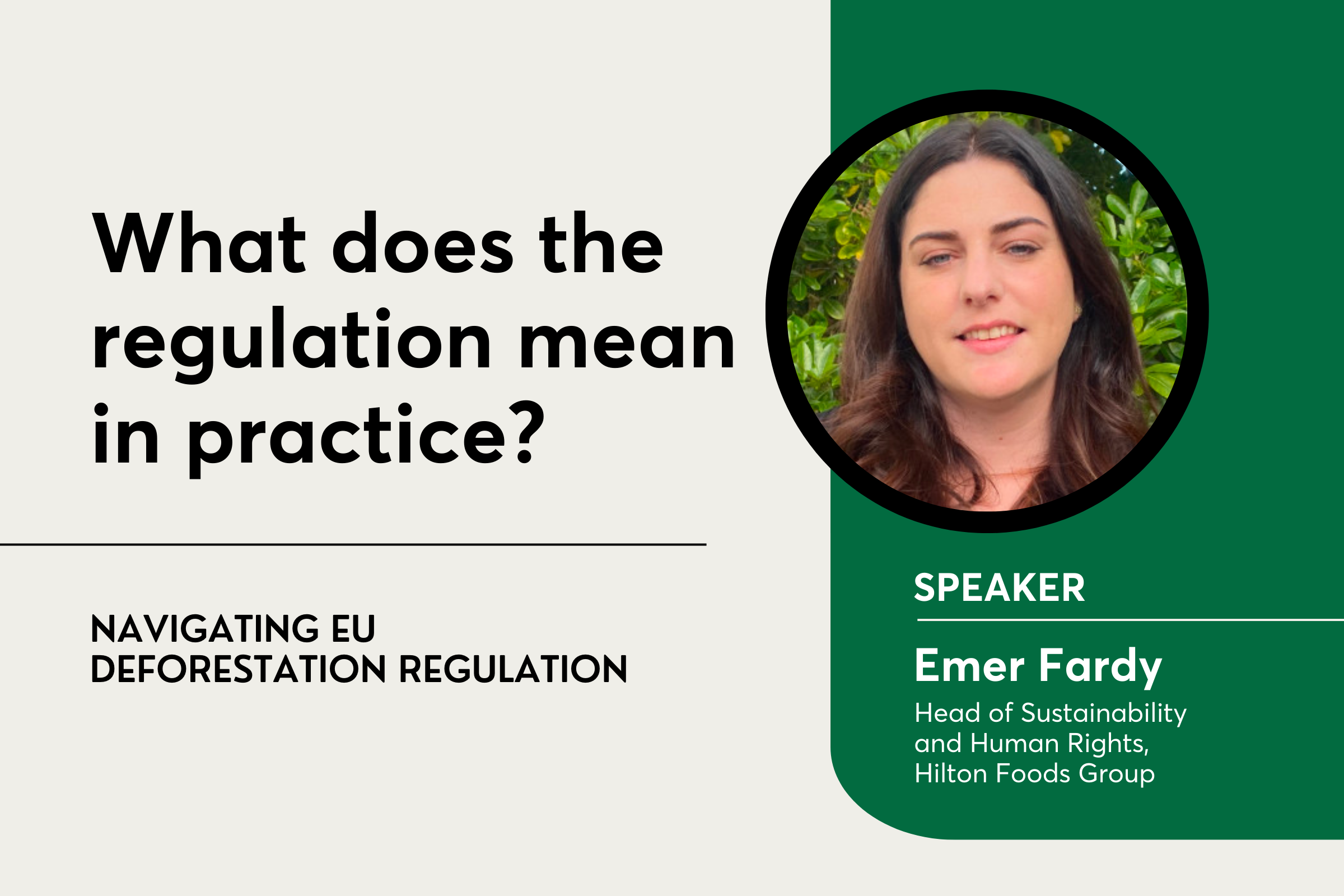What can we learn from food history?

‘The history of…’ is a series of podcasts that delves into the often exciting, surprising, and sometimes grim stories behind some of the world’s most popular foods.
Our most recent episode, ‘Caffeine culture – how coffee shaped the world‘ is available now.
Listen to the full episode to find out more about Brazil’s defining role in the modern coffee industry, when and how the cappuccino first appeared, and when sugar and milk first gained popularity among coffee drinkers.
Find a round up below of some of our other favourite episodes in the series.
Is the history of beer at the heart of human civilisation?
In this episode, host Stefan Gates speaks to beer expert and enthusiast Pete Brown. They discuss the seeming inevitability of the world’s obsession with beer.
Dating back to some of the earliest settlements, there is evidence of some of the structures discovered having relation to malting flowers (flowers used to create beer). When humans settled, it is likely they settled to make beer (or bread), but Pete believes it is beer.
Sometimes described as a “gift from the gods” by communities around the world, beer’s production was always likely to happen. No matter where, no matter what time, human’s will find something with natural sugars in to ferment and from that create alcohol.
Listen to the full episode to learn about how beer was first created, why Pete considers pubs to be the glue of communities in the UK, and why tasting before 10am could be the secret to enjoying the full flavour profile of a beer.
The dark history of chocolate
Chocolate is a story of “human intervention and perseverance”, as Stefan puts it, in this episode on chocolate’s history. As Stefan speaks to food historian Emma Kay about how chocolate came to be the beloved product it is today, we also learn all about its darkness and challenges along the way.
From its medicinal origins, to its movement across Europe and into western cuisines, chocolate has had a long and varied history. Not only has the way we view chocolate changed, but also the way we consume it.
Why is that chocolate is still often viewed as an aphrodisiac? And does it actually contain some quite dangerous substances that could be fatal to humans as well as dogs? Find out all this and more.
The dark history of sugar
Sugar has an extraordinarily unique function, with a complex chemistry that is challenging to replicate in other ingredients. Considered by some as being more addictive than cocaine, it’s estimated that globally we are all consuming too much of it.
Evolutionary Biologist and Food Historian, Neil Buttery describes the act of consuming sugar as taking drugs by proxy. When we eat it, our brain fires off thousands of neurotransmitters. Some of those transmitters are opioids, so the brain effectively makes its own heroin. As humans, we have evolved to want to consume as much sugar as we can, since glucose is the purest form of energy we can have.
When we understand this, the human need to create, harvest and consume sugar becomes clearer. Mired in a dark history of exploitation and suffering, the history of sugar cannot be discussed without also discussing the slave trade.
Originating from around 8,000 BC from a crop in New Guinea, it travelled through Asia into India before the Persians discovered it. However, it wasn’t taken seriously for another 1,000 years or more, and not until empires covered the world did it take centre stage. After moving through Northern Africa, the Crusades led to the European’s capitalising on sugar and the aggressive and dangerous history unfolded.








